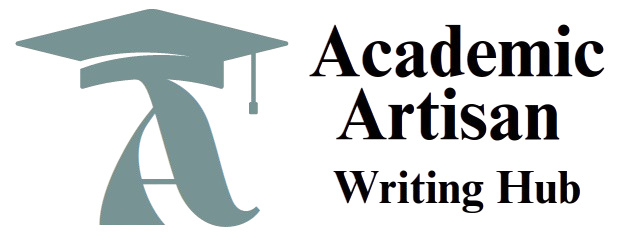WhatsApp Number: +1(249) 265-0080
Cardiovascular System Overview
After viewing this module’s content (including course readings, live classroom, lab, and other supporting material), answer each of the following questions. All of your answers should be written in your own words, using full sentences, correct terminology, and proper spelling and grammar.
- Explain the anatomical concepts associated with the cardiovascular system. Summarize this module’s key points on this topic in 5-6 sentences.
- Explain the physiological concepts associated with the cardiovascular system. Summarize this module’s key points on this topic in 5-6 sentences.
- Explain a pathology associated with the cardiovascular system. Summarize this module’s key points on this topic in 5-6 sentences.
- Which topic(s) within this module did you struggle to understand and why?
Submission Requirements
- In your submission, include the questions with their corresponding answers.
- Submit your work in a Microsoft Word document or as a .pdf.
- The name of the file should be your first initial and last name, followed by an underscore and the name of the assignment, and an underscore and the date. Here is an example: Jstudent_exampleproblem_101504
Check our essay writing services here
Assignment: Cardiovascular System Overview
1. Explain the anatomical concepts associated with the cardiovascular system. Summarize this module’s key points on this topic in 5-6 sentences.
The cardiovascular system consists of the heart, blood vessels (arteries, veins, and capillaries), and blood. The heart is a muscular organ divided into four chambers: two atria and two ventricles, which work together to pump oxygenated and deoxygenated blood throughout the body. Arteries carry oxygenated blood away from the heart, while veins return deoxygenated blood back to the heart. Capillaries, the smallest blood vessels, facilitate gas and nutrient exchange at the tissue level. The coronary arteries supply blood to the heart muscle itself, ensuring it receives adequate oxygen and nutrients to function effectively. The structural organization of the cardiovascular system supports its critical role in maintaining circulation and homeostasis.
2. Explain the physiological concepts associated with the cardiovascular system. Summarize this module’s key points on this topic in 5-6 sentences.
The cardiovascular system’s primary function is to transport oxygen, nutrients, hormones, and waste products throughout the body. The heart generates blood flow through a coordinated cycle of contraction (systole) and relaxation (diastole), regulated by electrical impulses originating in the sinoatrial (SA) node. Blood pressure is maintained by the balance of cardiac output and vascular resistance, with mechanisms such as the autonomic nervous system and hormones playing key roles. Oxygen-rich blood is pumped from the left ventricle to the systemic circulation via the aorta, while oxygen-poor blood is sent to the lungs from the right ventricle for gas exchange. The cardiovascular system works in conjunction with the respiratory system to maintain oxygen delivery and carbon dioxide removal. This integrated physiology ensures the body’s metabolic demands are met efficiently.
3. Explain a pathology associated with the cardiovascular system. Summarize this module’s key points on this topic in 5-6 sentences.
A common pathology associated with…


